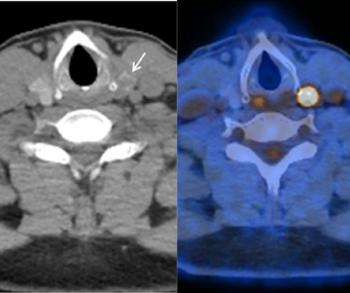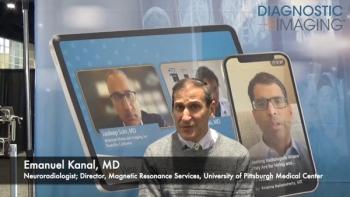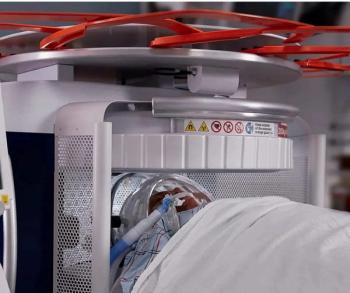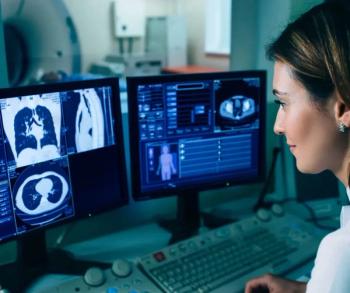FDA Clears Updated 3D Imaging Guidance for Spine Surgery
The second-generation version of the VUZE System reportedly offers expanded functionality and incorporation of varied sources of 3D imaging data, including cone-beam CT scans obtained in the OR.
The Food and Drug Administration (FDA) has granted 510(k) clearance for a second-generation update of the VUZE System, which overlays positioning of surgical tools from intraoperative X-rays onto cross-sectional, pre-operative computed tomography (CT) scans.
VUZE Medical, the manufacturer of the
Expanded functionality with the second-generation version of the software also enables surgical planning on compatible standalone laptops, according to VUZE Medical.
“Our second generation significantly extends the applicability of the VUZE System across desired surgical workflows and operating room setups,” said David Tolkowsky, the founder and CEO of VUZE Medical. “In each of those situations, our aim is to preserve the advantages of common X-ray guidance while addressing its shortcomings.”
While noting a current focus of the VUZE System in facilitating minimally invasive thoracolumbar stabilizations, VUZE Medical said it plans to pursue additional clearances for spinal and skeletal interventions.
Newsletter
Stay at the forefront of radiology with the Diagnostic Imaging newsletter, delivering the latest news, clinical insights, and imaging advancements for today’s radiologists.





























